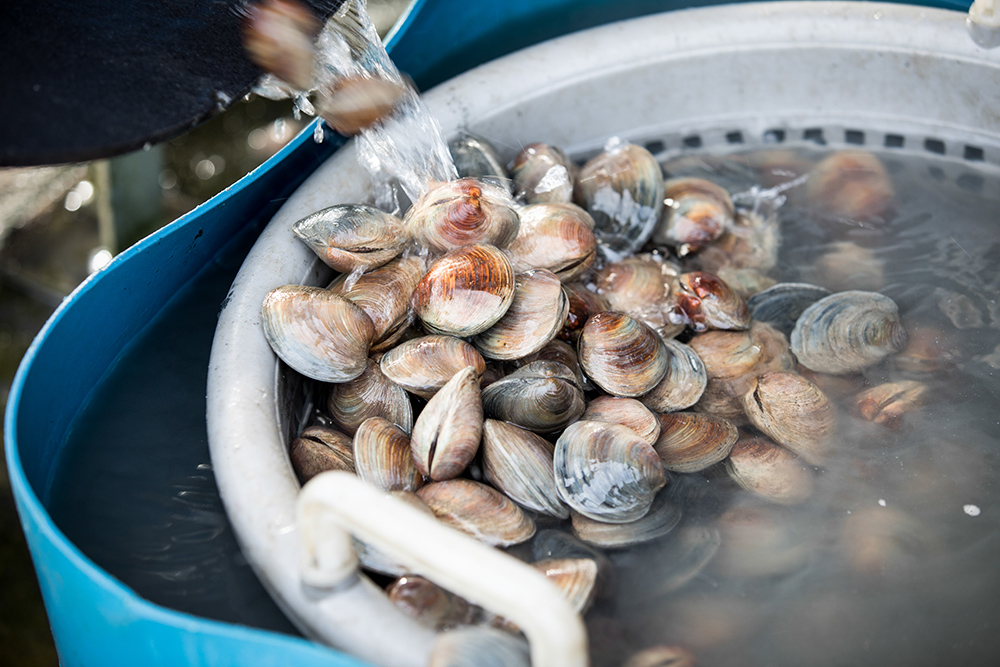By Gary Wade
University of Georgia

Volume XXXIII |
You’ll want to touch the flowers to assure yourself they are real.
They are. The plant is so impressive that judges named paperbush the 2008 Georgia Gold Medal winner for deciduous shrubs.
Paperbush has a somewhat tropical appearance and coarse-textured summer foliage. The foliage is bluish-green on top and silver-green below. The shrub reaches approximately 4 to 6 feet tall. As fall approaches, the older foliage gradually turns yellow and drops. It then sheds its remaining foliage after the first hard freeze, exposing the emerging flower buds.
The young flower buds are silvery in appearance, turning white as they expand and then creamy yellow when open. The flowers consist of dozens of tiny florets borne in clusters, suspended like bells on short stalks.
Smooth, chocolate-brown bark creates a striking contrast to the flowers. The dark-colored, leafless stems also add a dramatic silhouette to the winter landscape, particularly when they are backed by evergreens.
Paperbush likes its habitat just right. It prefers filtered shade and moist, well-drained soils to grow and perform well. It does not like drought or wet feet. It does best in zones 7 to 10.
Adding organic matter to the planting and mulch over the soil surface is recommended.
Paperbush is a plant for all seasons. Enjoy its showy, fragrant flowers and attractive bark from December to February and its bold, pest-free foliage from March to October.






